How to Store and Regrow an Amaryllis Bulb
Amaryllis bulbs are cherished for their large, showy blooms that brighten homes during the winter months. With proper care, these bulbs can be stored and regrown season after season, offering years of enjoyment. Here’s a comprehensive guide on how to store and regrow your amaryllis bulb.
1. Understanding the Amaryllis Lifecycle
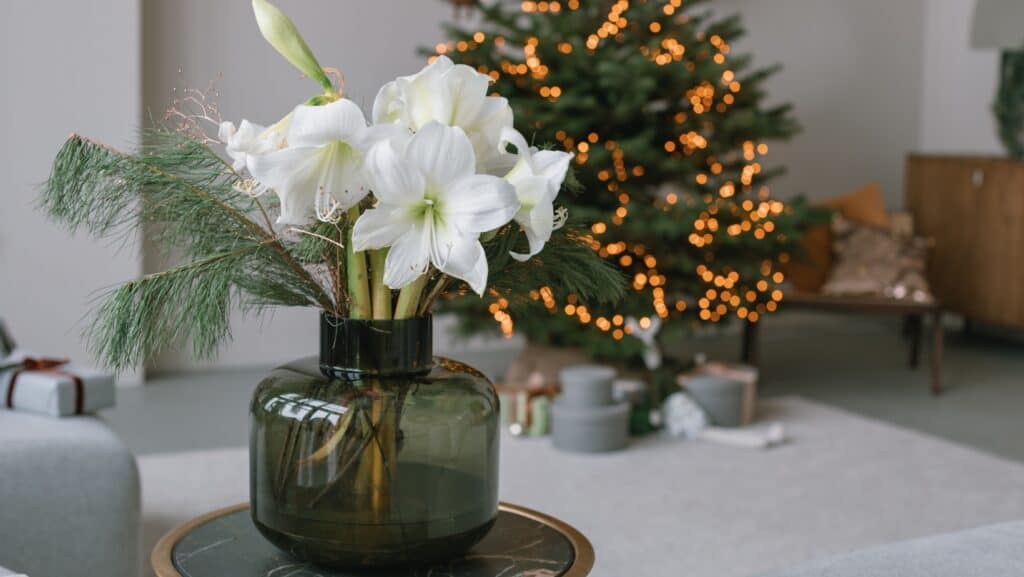
Before diving into the specifics of storing and regrowing an amaryllis bulb, it’s essential to understand its lifecycle. Amaryllis bulbs typically bloom in late winter to early spring. After the flowers fade, the plant enters a growth phase where it focuses on replenishing energy in the bulb. Proper care during this period is crucial for successful storage and regrowth.
2. Post-Bloom Care
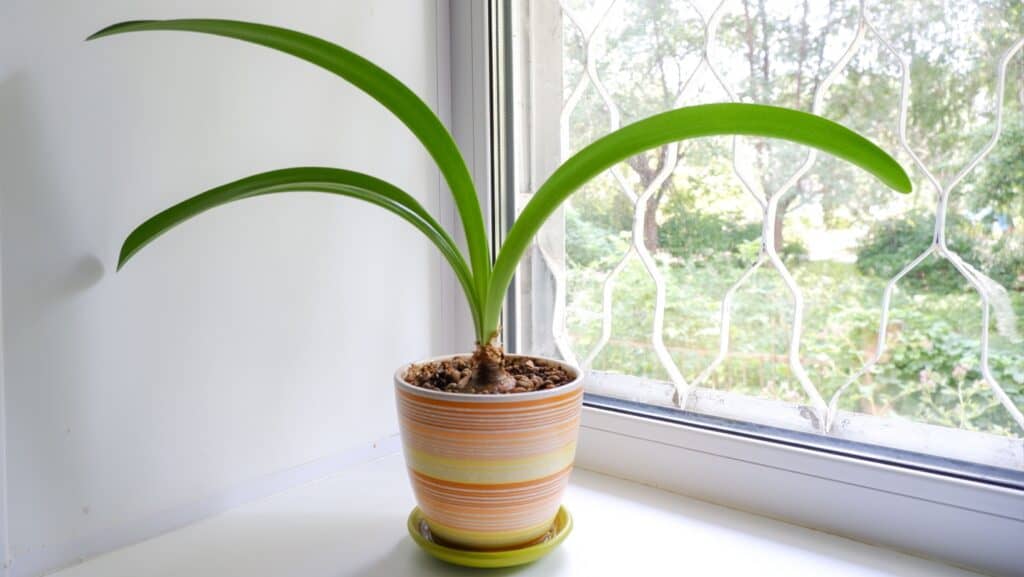
After the flowers have faded, it’s important to focus on the following steps to keep the bulb healthy:
- Remove Spent Blooms: Once the flowers wilt, cut them off with clean scissors or pruning shears. This prevents the plant from expending energy on seed production.
- Leave the Stalk: Allow the green flower stalk to remain until it turns yellow and dries out completely. During this time, it’s transferring nutrients back into the bulb.
- Focus on Foliage: The leaves play a vital role in photosynthesis, which helps recharge the bulb. Keep the plant in a sunny location and water regularly, ensuring the soil is moist but not soggy.
3. Preparing the Bulb for Dormancy
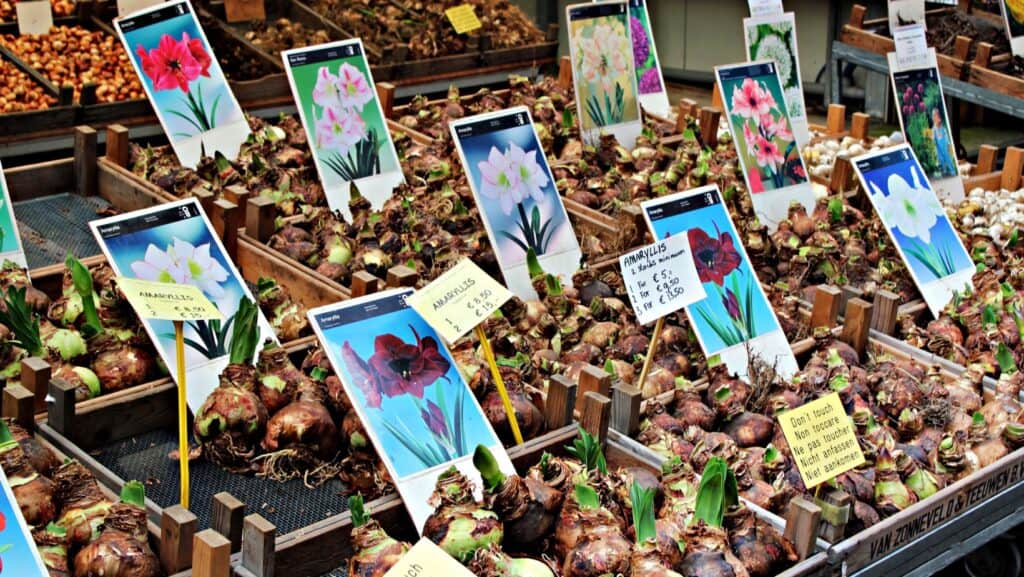
Amaryllis bulbs require a dormant period to bloom again. Here’s how to transition the bulb into dormancy:
- Stop Watering: Once the leaves start to yellow and wither, reduce watering gradually. When the leaves are completely dry, cut them back to about 1-2 inches above the bulb.
- Remove from Pot: Carefully lift the bulb from the pot, taking care not to damage the roots. Brush off excess soil but do not wash the bulb.
- Inspect the Bulb: Check for signs of rot or damage. Discard any bulbs that appear unhealthy.
4. Storing the Bulb

Proper storage is crucial for a healthy regrowth cycle. Follow these steps:
- Choose a Storage Location: Store the bulb in a cool, dry, and dark place. An ideal temperature range is between 50-60°F (10-15°C). Basements or unheated closets work well.
- Use Appropriate Packaging: Place the bulb in a paper bag or wrap it loosely in newspaper. Avoid using plastic, as it can trap moisture and lead to rot.
- Monitor Conditions: Check the bulb periodically for any signs of mold or rot. Ensure the storage area remains dry and cool.
5. Regrowing the Bulb
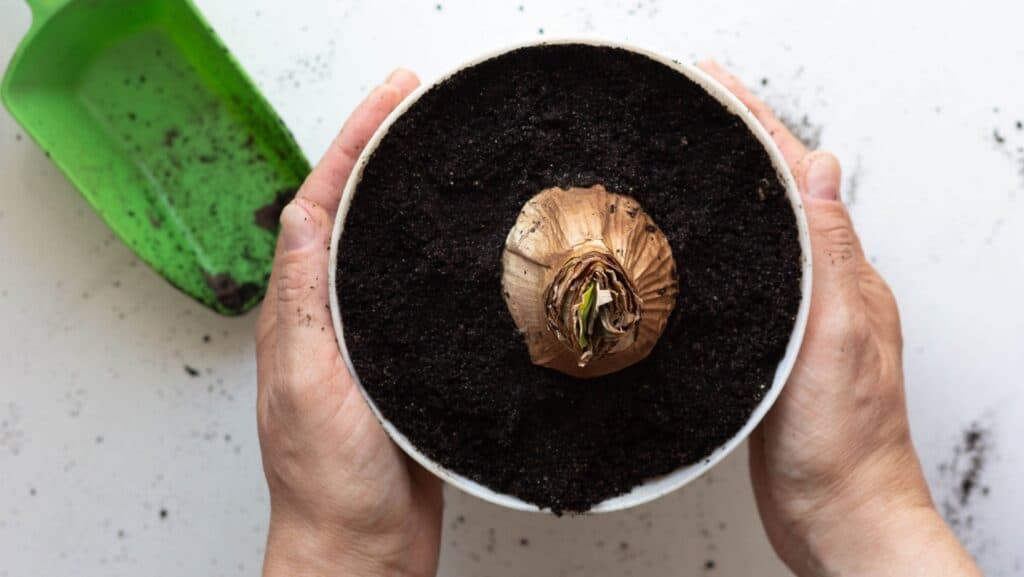
After the dormancy period, which typically lasts 8-10 weeks, your amaryllis bulb is ready to grow again. Here’s how to bring it back to life:
- Prepare a Pot: Select a pot that is about 1-2 inches larger in diameter than the bulb. Ensure it has drainage holes to prevent waterlogging.
- Plant the Bulb: Fill the pot with fresh potting soil, leaving the top third of the bulb exposed. Position the bulb so the roots spread out naturally.
- Water Sparingly: Lightly water the soil to settle it around the bulb. Avoid soaking the bulb, as this can cause rot.
- Provide Warmth and Light: Place the pot in a warm location with indirect sunlight. Amaryllis bulbs thrive at temperatures between 70-75°F (21-24°C).
6. Encouraging Growth and Blooms
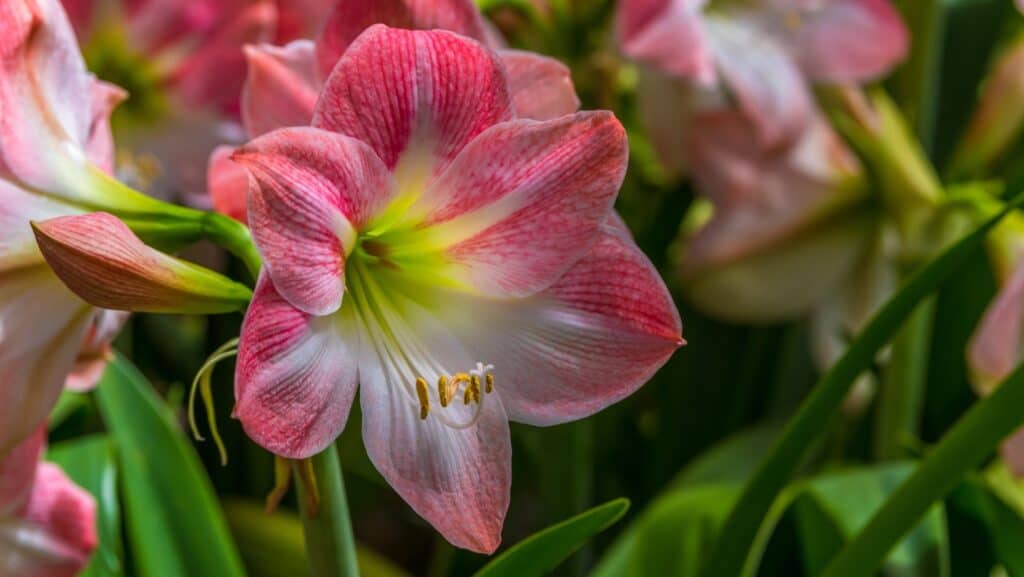
As the bulb begins to sprout, follow these care tips to ensure healthy growth and vibrant blooms:
- Watering: Once the sprout appears, increase watering slightly, keeping the soil consistently moist but not soggy.
- Fertilizing: Use a balanced liquid fertilizer every 2-3 weeks to support growth. Stop fertilizing once the flower buds form.
- Rotating the Pot: Turn the pot occasionally to ensure even growth, as the plant will naturally lean toward the light.
7. Common Issues and Troubleshooting

Regrowing amaryllis bulbs is generally straightforward, but you may encounter some challenges:
- No Growth: If the bulb doesn’t sprout, check for signs of rot. A soft or mushy bulb may be beyond saving.
- Weak Growth: Ensure the bulb has had adequate dormancy. Also, verify that it’s receiving enough light and warmth.
- Poor Blooming: Insufficient energy storage during the post-bloom phase or inadequate care during dormancy can lead to smaller or fewer flowers.
8. Repotting and Long-Term Care

Over time, amaryllis bulbs may outgrow their pots or produce offsets (small bulbs). Here’s how to handle them:
- Repotting: Repot the bulb every 2-3 years using fresh soil to replenish nutrients.
- Separating Offsets: If your bulb has produced offsets, you can separate them and pot them individually. However, offsets may take 2-3 years to mature and bloom.
9. Enjoying Your Amaryllis Year After Year
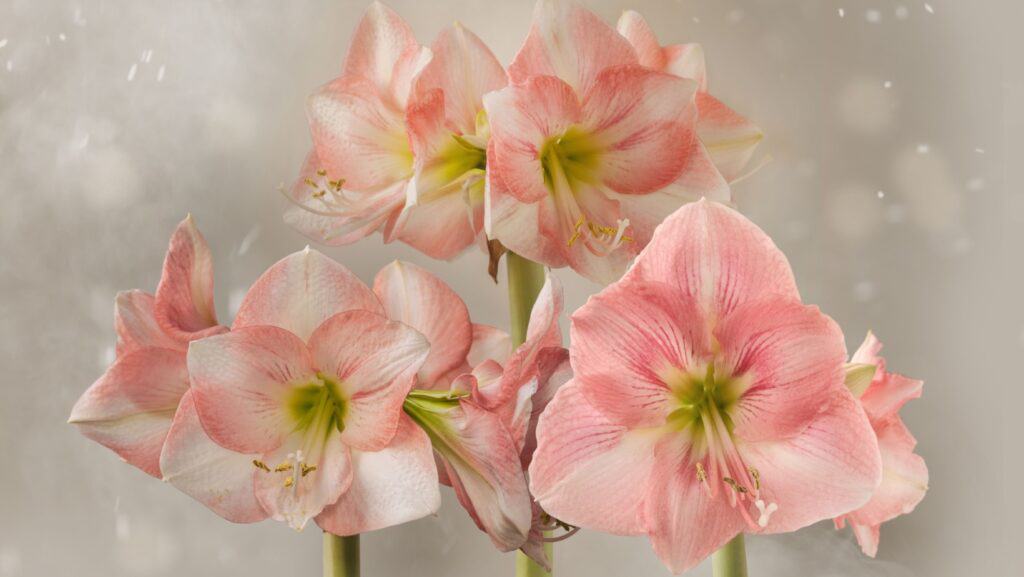
With proper care, amaryllis bulbs can bloom beautifully for many years. Following these steps will help ensure that your bulbs remain healthy and vibrant, providing a stunning display of flowers season after season.
10. You Can Do It!

By dedicating time to post-bloom care, proper storage, and attentive regrowth practices, you’ll be rewarded with a reliable and impressive floral show from your amaryllis bulbs. Happy gardening!
10 Garden Plants You Can Bring Indoors to Survive Winter

As the chill of winter approaches, many gardeners face the annual dilemma: how to protect their cherished plants from the impending frost and freezing temperatures. While some plants are hardy enough to withstand the cold, others need a little extra care to survive the winter months. Bringing certain garden plants indoors is an excellent way to preserve them for the next growing season and continue enjoying their beauty year-round. In this gallery guide, we’ll explore ten popular garden plants that you can successfully overwinter indoors, along with tips on how to care for them to ensure their survival.
READ: 10 Garden Plants You Can Bring Indoors to Survive Winter
The Most Foolproof Indoor Plants for People Who Struggle to Keep Plants Alive

Bringing greenery into your home can have a transformative effect on your living space, adding life, color, and even improving air quality. However, for many people, keeping houseplants alive can be a daunting challenge. If you’ve ever felt like you have a “black thumb,” you’re not alone. Fortunately, there are several indoor plants that are incredibly resilient and low-maintenance, making them perfect for those who have struggled with plant care in the past. This article will explore the most foolproof indoor plants that can thrive even with minimal attention, ensuring that everyone can enjoy the benefits of houseplants, regardless of their gardening experience.
READ: The Most Foolproof Indoor Plants for People Who Struggle to Keep Plants Alive
Join Us

Join us on this empowering journey as we explore, celebrate, and elevate “her story.” The Queen Zone is not just a platform; it’s a community where women from all walks of life can come together, share their experiences, and inspire one another. Welcome to a space where the female experience takes center stage. Sign up for our newsletter so you don’t miss a thing, Queen!







